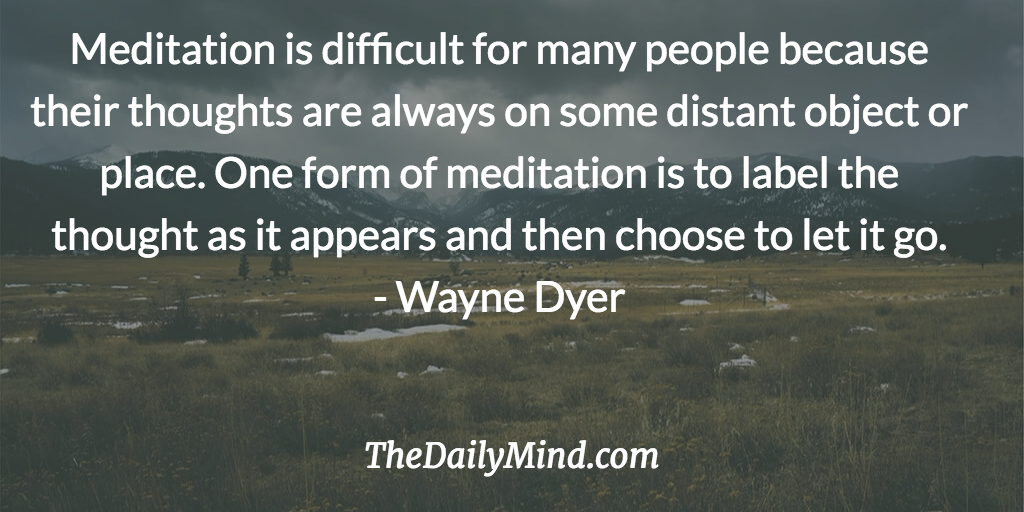Learning how to meditate is probably one of the hardest things I’ve experienced. Even today, I can’t say that meditation comes easily to me.
As Wayne Dyer said, “Meditation is difficult for many people because their thoughts are always on some distant object or place. One form of meditation is to label the thought as it appears and then choose to let it go.”
But what if you still can’t meditate the way you want to – or the way you think it ought to be done? [Read more…] about Can’t Meditate? These Hacks Will Solve That
Originally posted on July 6, 2016 @ 8:30 am










